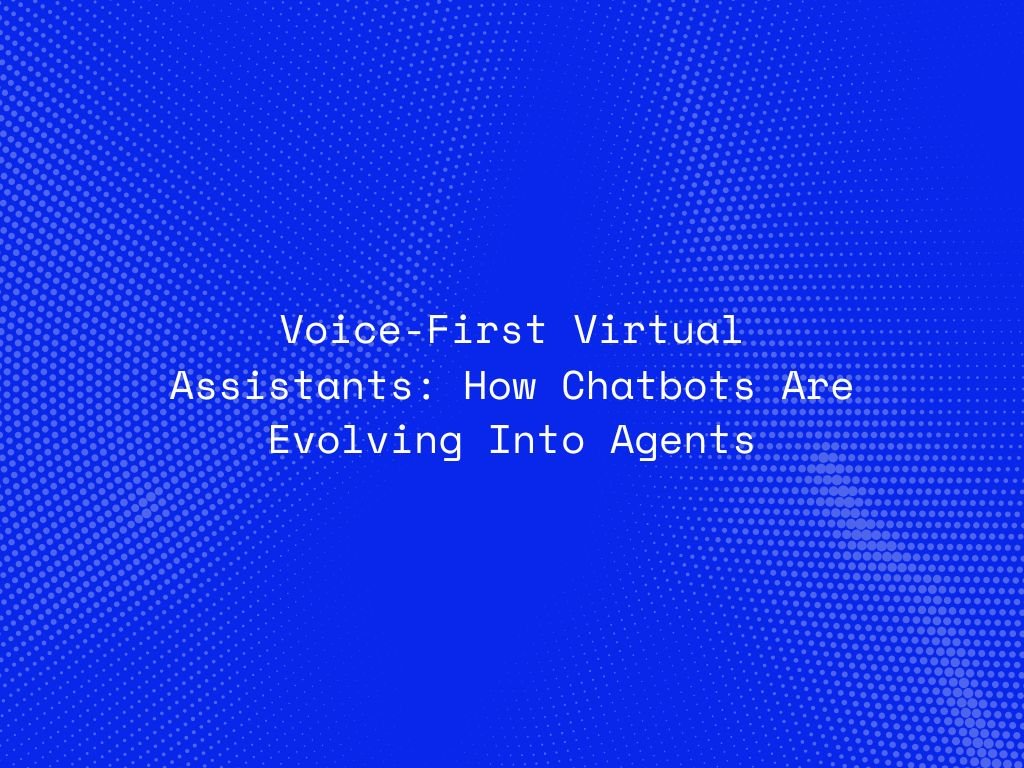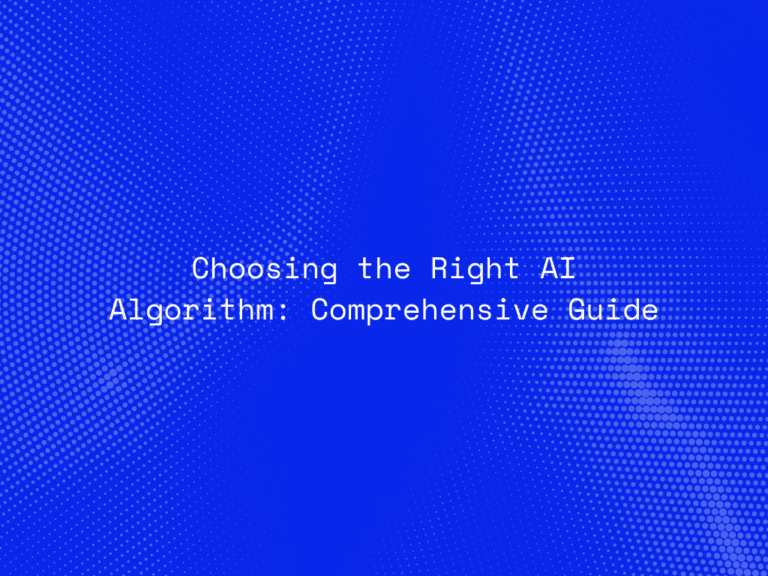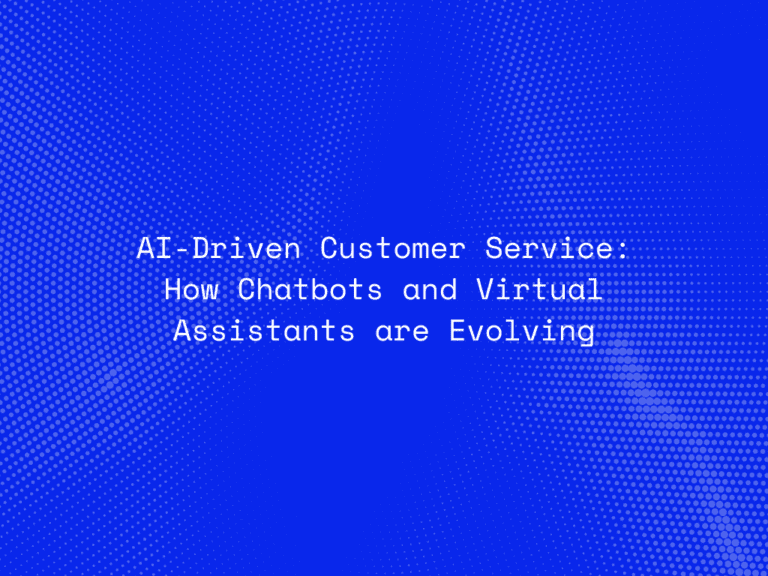In just a few years, conversational AI has undergone a dramatic transformation. What began as text-based chatbots capable of answering simple questions has evolved into voice-first virtual assistants that can engage in natural, contextual, and intelligent conversations. These AI-powered systems are reshaping how humans interact with technology — and redefining the digital experience across industries.
As the world moves toward hands-free and frictionless interactions, the rise of voice-first AI marks a new phase in automation, personalization, and connectivity. But what’s driving this evolution, and what does it mean for the future of intelligent systems?
From Text to Voice: The Evolution of Conversational AI
Traditional chatbots were limited by rigid, rule-based systems that followed pre-defined scripts. They could only respond to specific keywords and often failed to handle nuanced queries. Voice-first assistants, on the other hand, use Natural Language Understanding (NLU), Automatic Speech Recognition (ASR), and Large Language Models (LLMs) to understand context, intent, and emotion in real time.
The transition from text to voice is not merely a change in interface — it’s a shift toward more human-like communication. Voice-based AI allows users to express themselves naturally, using tone, rhythm, and inflection to convey meaning. This opens new possibilities for accessibility, customer engagement, and task automation.
The Rise of Voice-First Experiences
In 2025, consumers expect instant, intuitive, and conversational interactions. Devices such as Amazon Alexa, Google Assistant, and Apple’s Siri have already established voice as a mainstream interface. However, the next generation of assistants goes far beyond basic commands.
These AI agents can manage tasks, schedule meetings, analyze data, draft emails, and even make strategic decisions based on context. They integrate with enterprise tools, understand organizational workflows, and support multi-turn conversations — maintaining memory and continuity across interactions.
In essence, chatbots are becoming digital coworkers rather than simple query responders.
Key Technologies Powering the Shift
-
Large Language Models (LLMs):
LLMs like GPT, Claude, and Gemini have made it possible for virtual assistants to generate coherent, contextually relevant responses across domains. -
Multimodal AI:
The integration of speech, vision, and text enables assistants to interpret not just spoken words, but visual cues and situational context. -
Edge AI and On-Device Processing:
With advancements in low-latency models, assistants can process voice locally — enhancing privacy and speed, which is critical in industries like healthcare and finance. -
Emotion and Sentiment Analysis:
Voice-first assistants can detect tone and emotional cues, allowing for empathetic responses that align with human behavior.
Applications Across Industries
-
Customer Support: AI agents handle voice calls with contextual awareness, reducing wait times while maintaining empathy and accuracy.
-
Healthcare: Virtual assistants help schedule appointments, remind patients about medications, and even transcribe clinical notes through voice commands.
-
Retail: Voice-enabled shopping assistants guide customers through purchases, product discovery, and post-sale support.
-
Automotive: In-car AI agents enhance driver safety and convenience through navigation, infotainment, and real-time communication.
-
Workplace Productivity: Voice-first enterprise assistants manage calendars, draft reports, and integrate with CRM or ERP systems to streamline operations.
From Chatbots to Autonomous Agents
The next phase in this evolution is autonomous AI agents — systems capable of acting independently to achieve goals. These agents don’t just respond to commands; they plan, reason, and execute tasks without constant human supervision.
For example, an AI agent in a marketing team could analyze campaign performance, identify underperforming segments, and recommend new strategies — all without being explicitly instructed to do so.
The emergence of agentic AI frameworks, powered by reinforcement learning and dynamic memory, is accelerating this transformation. These agents are not just conversational — they’re proactive, self-learning, and strategic.
Ethical and Design Considerations
As voice-first assistants become more human-like, ensuring transparency, privacy, and trust becomes crucial. Users must be aware when they’re interacting with AI and have control over data usage. Additionally, designing inclusive voice interfaces that understand accents, dialects, and speech patterns is essential for equitable AI adoption.
Ethical design also means preventing bias in speech recognition and ensuring that AI remains a supportive tool — not a manipulative one.
The Future of Voice-First AI
The next generation of virtual assistants will blur the lines between human and machine collaboration. We’ll see assistants that can participate in meetings, negotiate contracts, or operate as domain experts within specific industries.
With the rise of contextual memory, multimodal understanding, and agentic intelligence, the concept of “voice-first” will expand beyond devices — becoming a universal mode of interaction in smart homes, offices, and cities.
The journey from chatbot to AI agent is not just about technology; it’s about redefining how we communicate, collaborate, and create value in a connected world.




